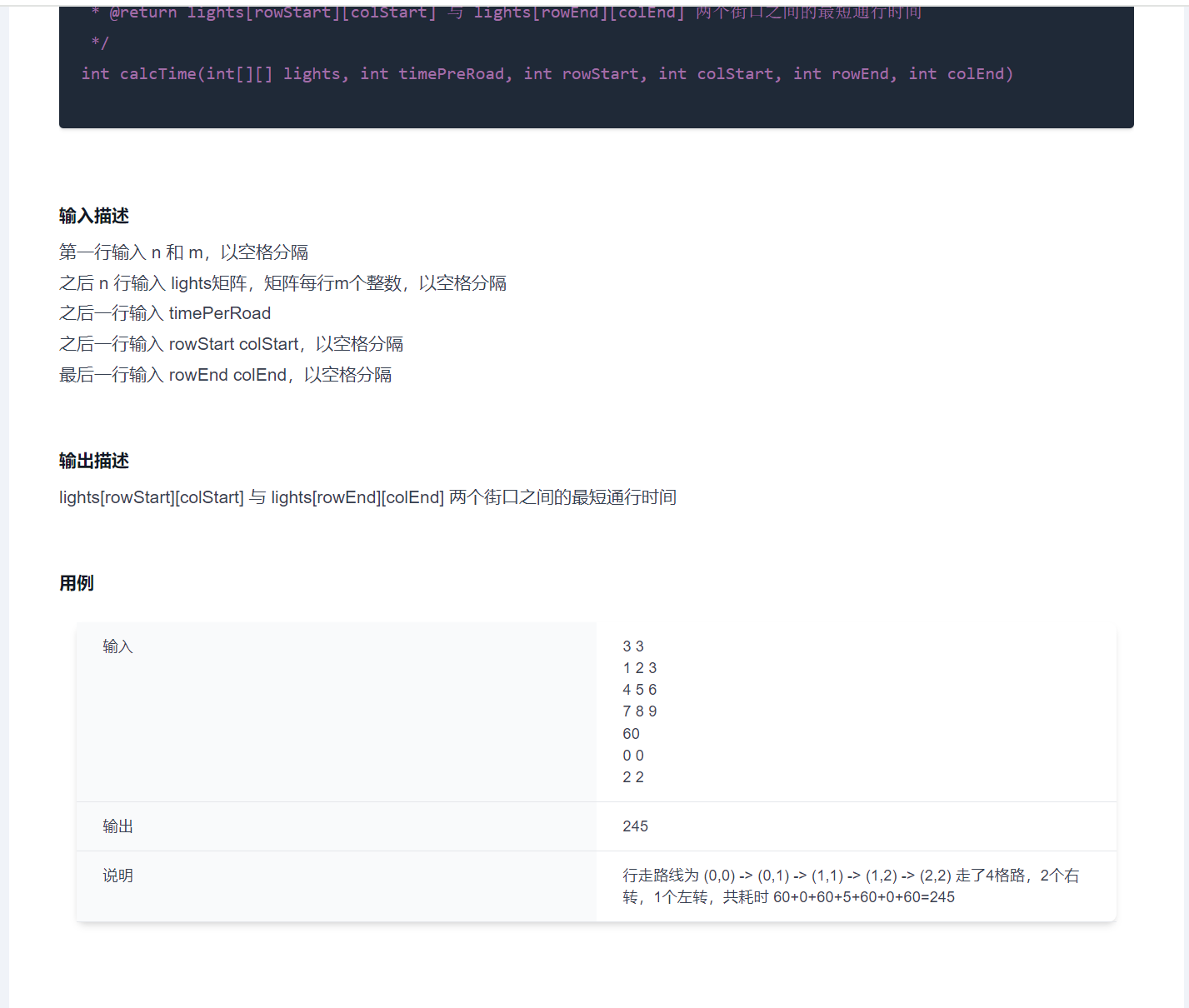channel源码解析
csp模型介绍
csp模型是golang采用的共享内存模型,比对传统多线程共享内存采用lock、condition等方式来规定执行顺序的方式,golang里的csp更强调信道(channel),不关心信道发送、接收方是谁,双方通过信道收发信息。

**ps:**和csp模型对应的actor模型,强调通信中的角色(actor),即收发双方,不看重通道。并且角色对外不提供任何接口访问,只约定通过通信异步交换信息,发送方必须知道接收方是谁,例如一个人要给另个人传递消息通过给对方的邮箱写信或者发短信。
channel
golang的channel实现了多线程并发安全的发送和接收方法,可以轻松实现多协程的生产消费模型。
源码解析(go1.19.3:src/runtime/chan.go)
数据结构定义
// 位于源码src/runtime/chan.go
type hchan struct {
qcount uint // total data in the queue
dataqsiz uint // size of the circular queue
buf unsafe.Pointer // points to an array of dataqsiz elements
elemsize uint16
closed uint32
elemtype *_type // element type
sendx uint // send index
recvx uint // receive index
recvq waitq // list of recv waiters
sendq waitq // list of send waiters
// lock protects all fields in hchan, as well as several
// fields in sudogs blocked on this channel.
//
// Do not change another G's status while holding this lock
// (in particular, do not ready a G), as this can deadlock
// with stack shrinking.
lock mutex
}
channel实现为一个固定大小的环形缓冲区,sendx、recvx表示缓冲区的头和尾,所以channel的收发可以一直复用这块缓冲区。
- qcount: 缓冲区当前元素个数
- dataqsiz: 缓冲区的容量
- buf: 缓冲区(初始分配的元素数组)
- elemsize: 元素的内存格式长度
- closed: channel是否已经关闭
- eletype: 元素的类型
- sendx: 环形缓冲区的已写入元素最大索引
- recvx: 环形缓冲区的已写入元素最小索引
- recvq: 阻塞接收数据的协程队列(队列不为空表示channel无数据)
- sendq: 阻塞发送数据的协程队列(队列不为空表示channel满)
- lock: 一把互斥大锁
初始化channel
func makechan(t *chantype, size int) *hchan { elem := t.elem // compiler checks this but be safe. if elem.size >= 1 throw("makechan: invalid channel element type") } if hchanSize%maxAlign != 0 || elem.align maxAlign { throw("makechan: bad alignment") } mem, overflow := math.MulUintptr(elem.size, uintptr(size)) if overflow || mem maxAlloc-hchanSize || size1.校验channel元素类型大小不能超过64k、元素内存对齐系数不超过8字节;
2.校验缓冲区申请的长度是否合法;
3.根据channel类型分配不同的内存:阻塞通道(长度为0)就创建包含空buf的通道;非阻塞且结构体数据的通道(长度大于0,元素为struct{xxx})就创建hchan+长度*元素大小的内存;非阻塞且指针数据的通道(长度大于0,元素为ptr)就创建hchan和另一个长度大小的内存作为buf;
(图片来源网络,侵删)channel发送
func chansend(c *hchan, ep unsafe.Pointer, block bool, callerpc uintptr) bool { if c == nil { if !block { return false } gopark(nil, nil, waitReasonChanSendNilChan, traceEvGoStop, 2) throw("unreachable") } if debugChan { print("chansend: chan=", c, "\n") } if raceenabled { racereadpc(c.raceaddr(), callerpc, abi.FuncPCABIInternal(chansend)) } if !block && c.closed == 0 && full(c) { return false } var t0 int64 if blockprofilerate > 0 { t0 = cputicks() } lock(&c.lock) if c.closed != 0 { unlock(&c.lock) panic(plainError("send on closed channel")) } if sg := c.recvq.dequeue(); sg != nil { // Found a waiting receiver. We pass the value we want to send // directly to the receiver, bypassing the channel buffer (if any). send(c, sg, ep, func() { unlock(&c.lock) }, 3) return true } if c.qcount 0 { blockevent(mysg.releasetime-t0, 2) } mysg.c = nil releaseSudog(mysg) if closed { if c.closed == 0 { throw("chansend: spurious wakeup") } panic(plainError("send on closed channel")) } return true }1.如果是非阻塞通道且通道满了,忽略本次数据发送,直接返回false;
2.加锁锁住通道;
3.如果通道关闭,表示往关闭的通道发送数据,崩溃;
4.接收协程队列非空,表示通道无数据,接收协程们都在摸鱼等待数据,出队一个协程发送数据(数据拷贝给目标协程,并将目标协程放入当前线程m的p本地队列中等待调度),解锁通道,返回true;
5.通道有数据且没满,将数据移动到缓冲区末尾,解锁通道,返回true;
6.如果通道非阻塞的,经过以上步骤到这里表示通道满了,忽略本次数据发送,解锁通道,返回false;
(图片来源网络,侵删)7.经过以上步骤到这里表示通道满了且是阻塞通道,将当前协程的数据加入发送协程队列,挂起当前协程等待被接收协程唤醒;
8.出让线程m,让m去执行其它逻辑;
channel接收
func chanrecv(c *hchan, ep unsafe.Pointer, block bool) (selected, received bool) { // raceenabled: don't need to check ep, as it is always on the stack // or is new memory allocated by reflect. if debugChan { print("chanrecv: chan=", c, "\n") } if c == nil { if !block { return } gopark(nil, nil, waitReasonChanReceiveNilChan, traceEvGoStop, 2) throw("unreachable") } // Fast path: check for failed non-blocking operation without acquiring the lock. if !block && empty(c) { if atomic.Load(&c.closed) == 0 { return } if empty(c) { // The channel is irreversibly closed and empty. if raceenabled { raceacquire(c.raceaddr()) } if ep != nil { typedmemclr(c.elemtype, ep) } return true, false } } var t0 int64 if blockprofilerate > 0 { t0 = cputicks() } lock(&c.lock) if c.closed != 0 { if c.qcount == 0 { if raceenabled { raceacquire(c.raceaddr()) } unlock(&c.lock) if ep != nil { typedmemclr(c.elemtype, ep) } return true, false } // The channel has been closed, but the channel's buffer have data. } else { // Just found waiting sender with not closed. if sg := c.sendq.dequeue(); sg != nil { recv(c, sg, ep, func() { unlock(&c.lock) }, 3) return true, true } } if c.qcount > 0 { // Receive directly from queue qp := chanbuf(c, c.recvx) if raceenabled { racenotify(c, c.recvx, nil) } if ep != nil { typedmemmove(c.elemtype, ep, qp) } typedmemclr(c.elemtype, qp) c.recvx++ if c.recvx == c.dataqsiz { c.recvx = 0 } c.qcount-- unlock(&c.lock) return true, true } if !block { unlock(&c.lock) return false, false } // no sender available: block on this channel. gp := getg() mysg := acquireSudog() mysg.releasetime = 0 if t0 != 0 { mysg.releasetime = -1 } // No stack splits between assigning elem and enqueuing mysg // on gp.waiting where copystack can find it. mysg.elem = ep mysg.waitlink = nil gp.waiting = mysg mysg.g = gp mysg.isSelect = false mysg.c = c gp.param = nil c.recvq.enqueue(mysg) atomic.Store8(&gp.parkingOnChan, 1) gopark(chanparkcommit, unsafe.Pointer(&c.lock), waitReasonChanReceive, traceEvGoBlockRecv, 2) // someone woke us up if mysg != gp.waiting { throw("G waiting list is corrupted") } gp.waiting = nil gp.activeStackChans = false if mysg.releasetime > 0 { blockevent(mysg.releasetime-t0, 2) } success := mysg.success gp.param = nil mysg.c = nil releaseSudog(mysg) return true, success }1.如果通道是非阻塞的且通道没有数据,返回false;
2.加锁锁住通道;
3.通道关闭了,解锁通道,返回false;
4.如果发送协程队列非空,表示阻塞通道上有协程卡在发送数据,执行当前协程接收数据(复制数据到当前协程,和发送时一样环形阻塞的发送协程),解锁通道,返回true;
5.否则经过以上且通道有数据,直接移动数据到当前协程,解锁通道,返回true;
6.挂起当前接收协程,等到发送协程唤醒;
7.让出执行线程m去执行别的逻辑;
channel关闭
func closechan(c *hchan) { if c == nil { panic(plainError("close of nil channel")) } lock(&c.lock) if c.closed != 0 { unlock(&c.lock) panic(plainError("close of closed channel")) } if raceenabled { callerpc := getcallerpc() racewritepc(c.raceaddr(), callerpc, abi.FuncPCABIInternal(closechan)) racerelease(c.raceaddr()) } c.closed = 1 var glist gList // release all readers for { sg := c.recvq.dequeue() if sg == nil { break } if sg.elem != nil { typedmemclr(c.elemtype, sg.elem) sg.elem = nil } if sg.releasetime != 0 { sg.releasetime = cputicks() } gp := sg.g gp.param = unsafe.Pointer(sg) sg.success = false if raceenabled { raceacquireg(gp, c.raceaddr()) } glist.push(gp) } // release all writers (they will panic) for { sg := c.sendq.dequeue() if sg == nil { break } sg.elem = nil if sg.releasetime != 0 { sg.releasetime = cputicks() } gp := sg.g gp.param = unsafe.Pointer(sg) sg.success = false if raceenabled { raceacquireg(gp, c.raceaddr()) } glist.push(gp) } unlock(&c.lock) // Ready all Gs now that we've dropped the channel lock. for !glist.empty() { gp := glist.pop() gp.schedlink = 0 goready(gp, 3) } }1.加锁锁住通道;
2.如果接收协程队列非空,说明通道为空,这些协程在摸鱼,给他们每个发送一个nil数据,并将每个协程加入临时协程队列记录;
3.如果发送协程队列非空,说明通道满,给他们每个发送一个nil数据,并将每个协程加入临时协程队列;
4.解锁通道;
5.判断临时协程队列非空,说明有需要唤醒的协程,遍历唤醒;
总结
channel的大体功能函数就分析完了,逻辑还是挺简单的,主要是利用环形缓冲区、lock的加速设计、协程休眠、唤醒机制。
不过还需要注意select {case: ; default:}语句块包裹下的收发:如果是发送或者接收逻辑包裹了select+default,会标记为无阻塞通道,收发不成功立即返回,不会休眠当前协程。








还没有评论,来说两句吧...